It’s when we’re truly present that we’re most able to enjoy that sweet cuddle with our toddler or that beautiful sunset at the beach.
It’s when we observe the difficulties at work or in a relationship from the stance of “curious noticing” rather than enmeshment that we experience greater clarity and a way forward.
As I’ve mentioned before,
I don’t see mindfulness as a “silver bullet”
or something that needs to be done every minute of every day. (You don’t need to put out the trash mindfully, unless it works for you!) However, here are some ways to start cultivating more of a mindful presence in your life.
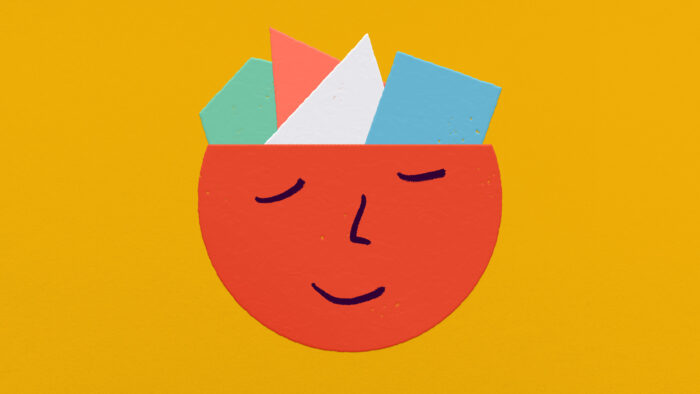
- BEGIN WITH THE BREATH
For a full minute, do nothing but focus on your breath. Start by breathing in and out slowly, counting to four as you inhale, and counting to four as you exhale. Your mind will naturally try to wander. Notice that, and then just let it be. Don’t berate yourself for “not being good at this.” Each time a thought pops into your head, try to bring your focus back to your breath. That’s the whole game. It’s not about winning. It’s about engaging in the process.
- MINDFULLY OBSERVE
Pick an object in your immediate environment—a flower, an insect, your big toe—and focus on it for one minute. Really look at it and try to see it as if you’ve just arrived from Mars and are observing this thing for the very first time. Try to isolate and identify its various aspects and dimensions. Focus on the color, the texture, any movement it makes, and so on.
- REWORK A ROUTINE
Pick something you do every day and take for granted, like making coffee or brushing your teeth. The next time you do it, focus on each step and action, each element of sight and sound and texture and smell. Be fully aware.
- REALLY LISTEN
Select a piece of music, such as quiet jazz or classical, and really tune in, as if this is the first music you’ve ever heard. Use headphones if you can. Don’t judge it: instead, try to identify different aspects of rhythm, melody, and structure.
I hope you find these techniques helpful. Grounding ourselves in the present is an essential step as we learn to accept things as they are and move forward with greater clarity.

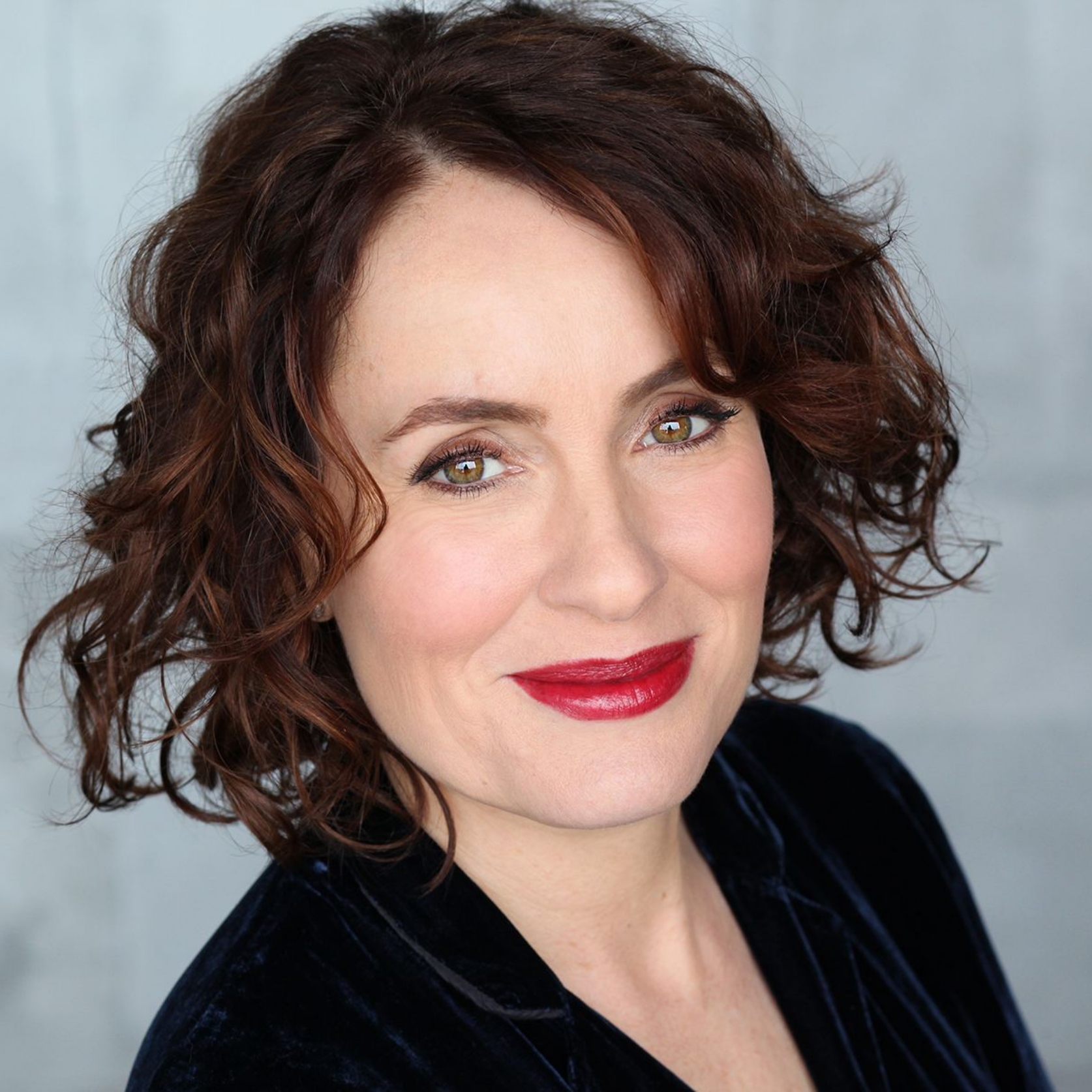
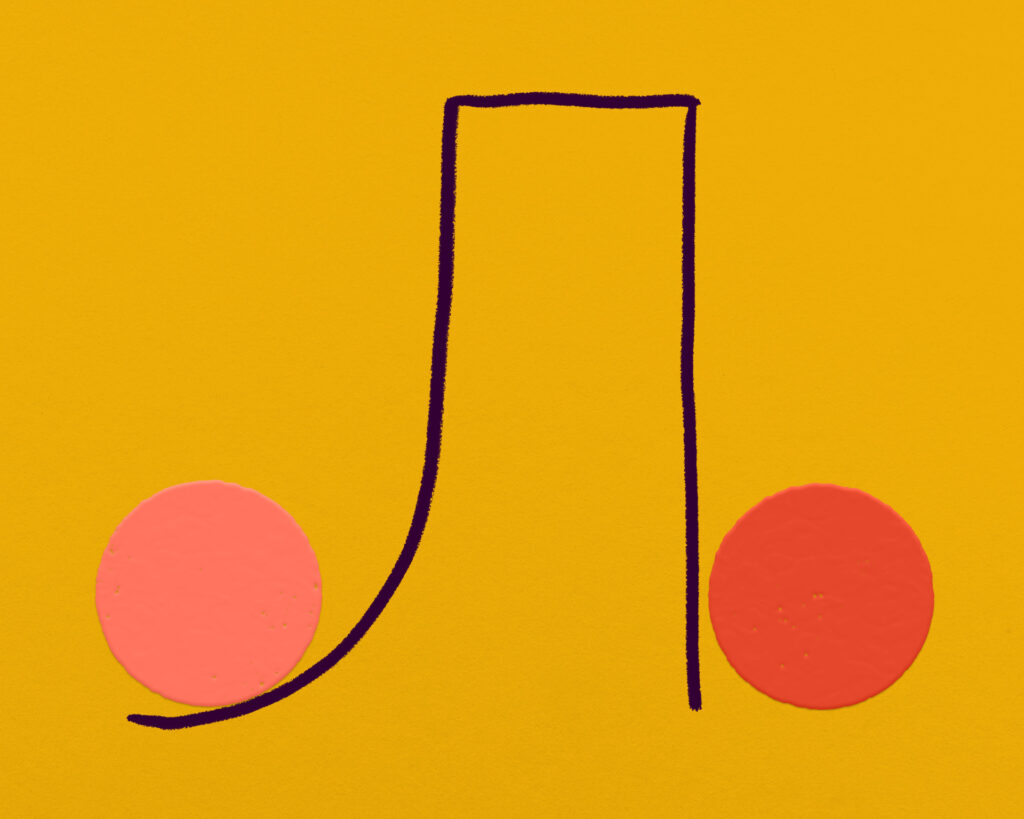
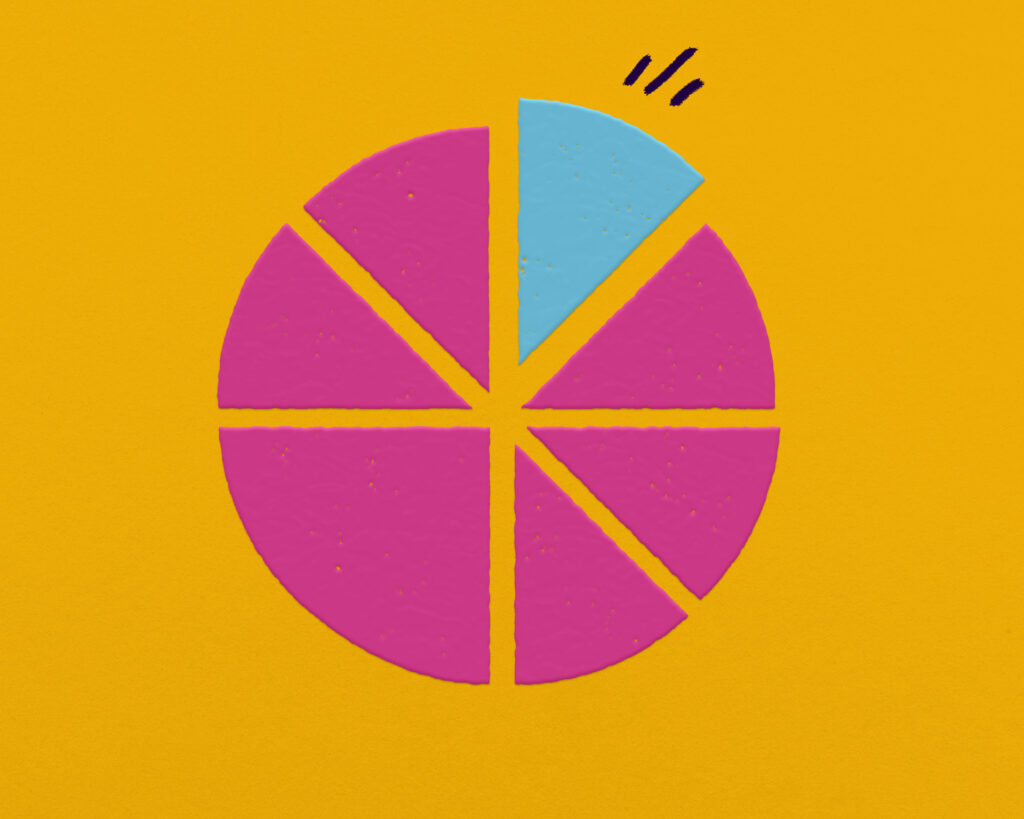
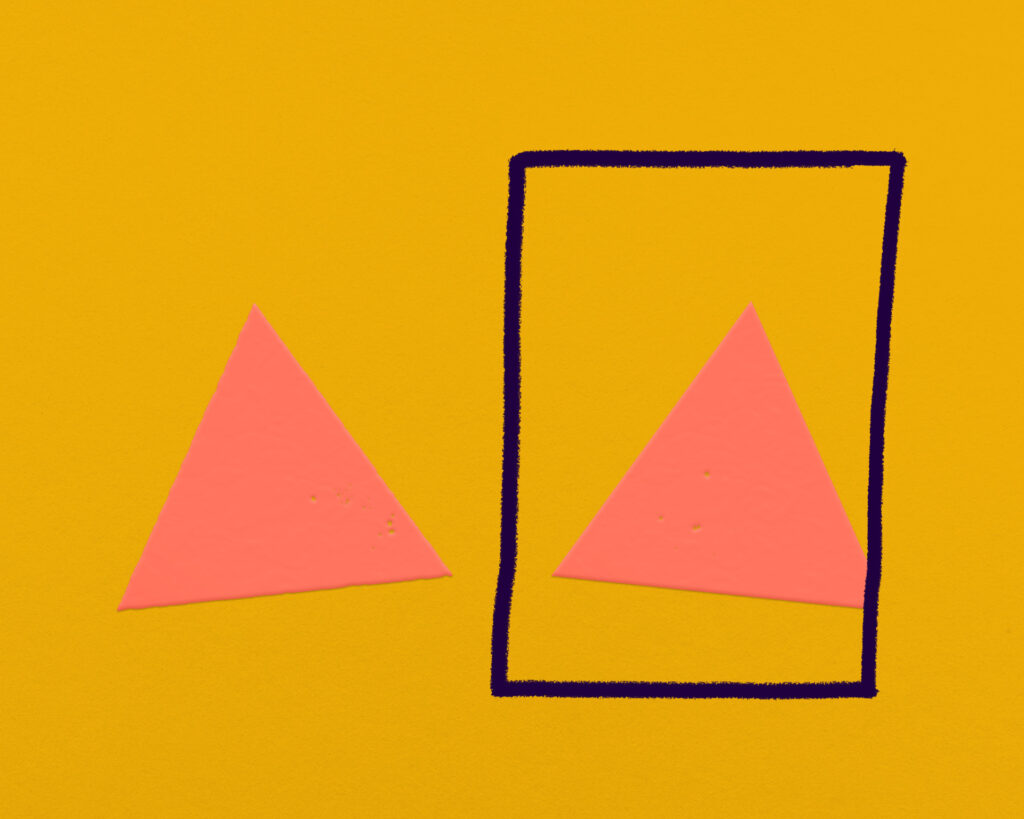
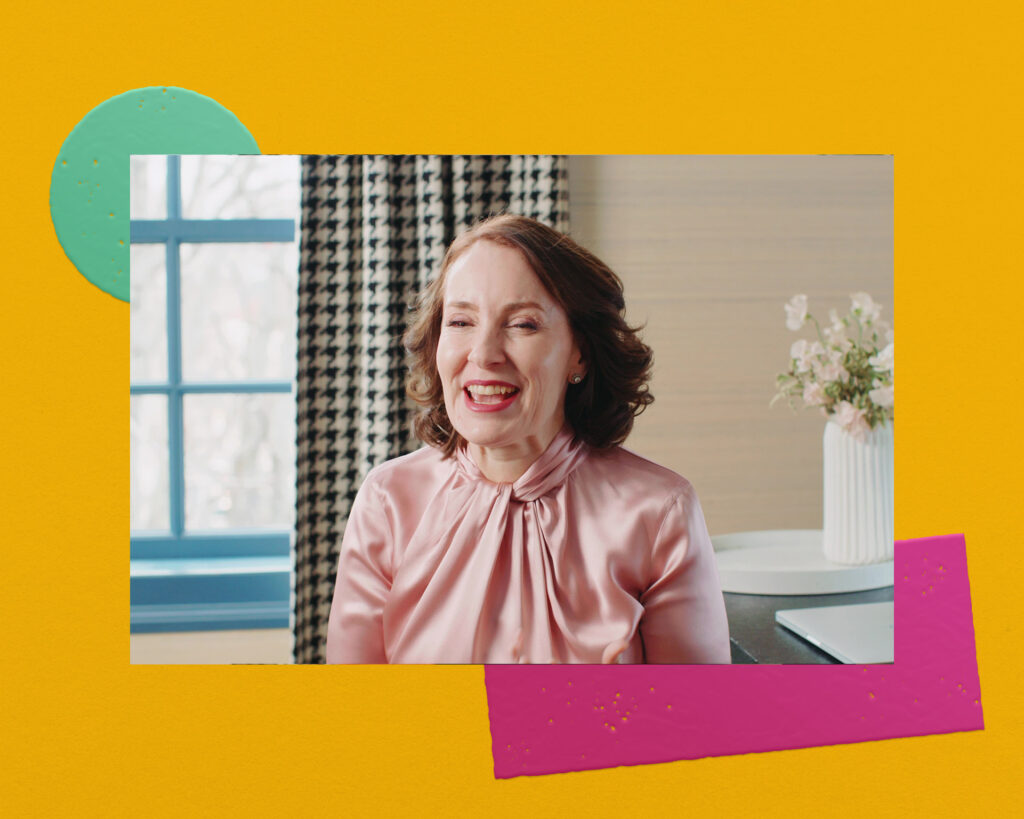
 Take the Quiz
Take the Quiz